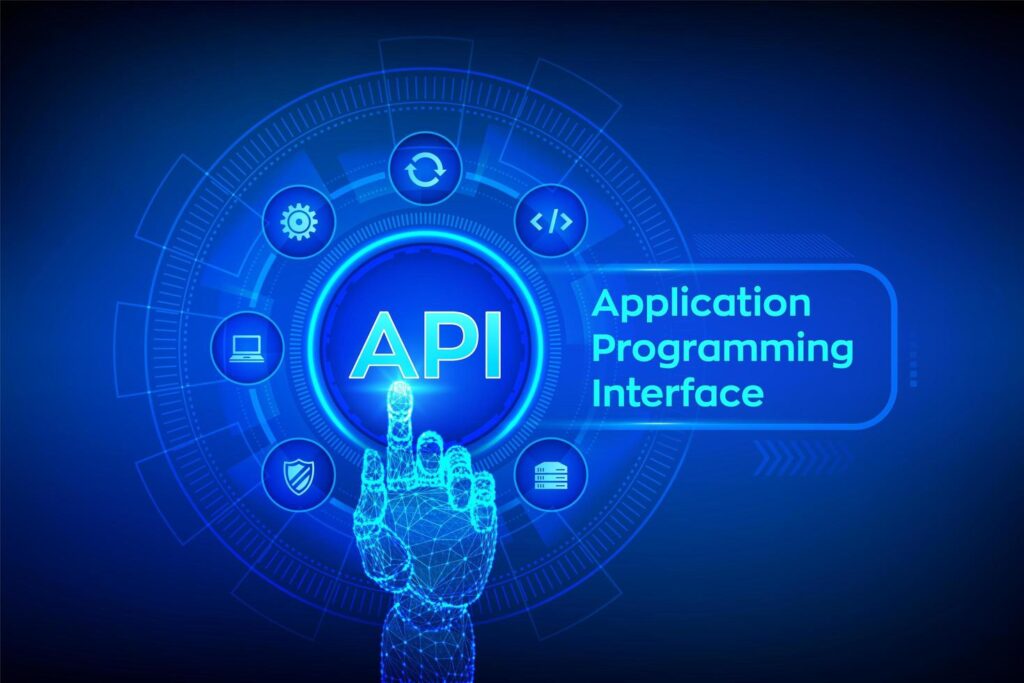
An API, or Application Programming Interface, is a set of defined rules that enable different applications, systems, or services to communicate with each other. It allows developers to access specific data or services without having to know the details of how they are implemented.
*Understanding API from Different Perspectives*
*Conceptual Point of View*
An API provides a simple interface for users to access system resources without worrying about the internal mechanisms. It abstracts the complexity of the system, allowing users to focus on their tasks.
*Development Point of View*
From a development perspective, an API is a set of methods and objects that a framework or library exposes, allowing developers to use them in their applications.
*Web Development Point of View*
In web development, an API is used to provide a interface between a client and a server, allowing them to communicate with each other and exchange data.
*Types of APIs*
1. *Main/Provisional/Ownership APIs*: Open or public APIs, internal or private APIs, partner APIs, composite APIs.
2. *Data and Service APIs*: Data APIs, internal service APIs, external service APIs, user experience APIs, web service APIs.
3. *API Protocols*: REST API, SOAP API, XML-RPC, WebSocket API, JSON-RPC.
*Benefits of Using APIs*
1. *Integration with internal and external systems*.
2. *Adding or enhancing functionality*.
3. *Speeding up software and system development*.
4. *Reducing operational and software development costs*.
5. *Improving software and system testing*.
6. *Enabling mobile application development*.
*Conclusion*
In this article, we have learned about the basics of APIs, including their meaning, types, and benefits. We have also seen how APIs are used in different contexts, including web development.



